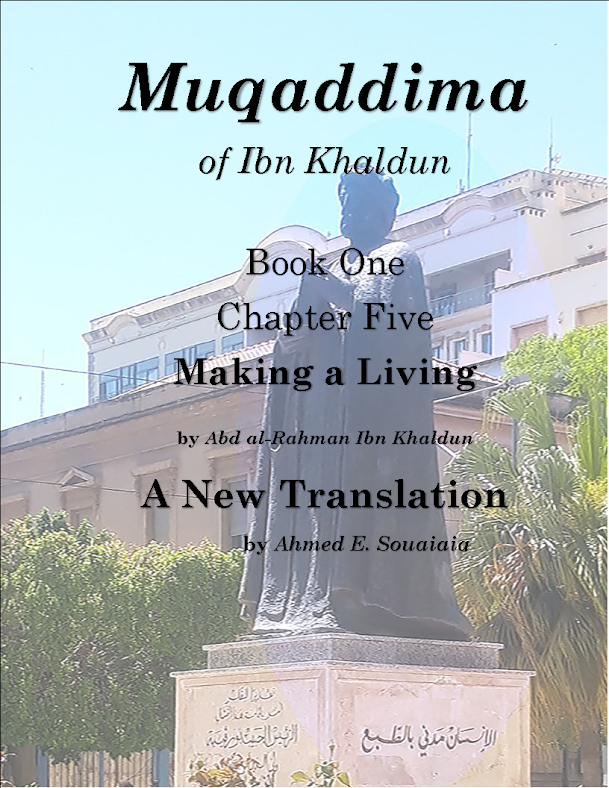Although they pretend to be neutral, the powerful Egyptian Army played a role in planning the ouster of President Morsi
On June 30 millions of Egyptians protested against their president, Mohamed Morsi, in the largest demonstrations the country has ever seen. Three days later Egypt’s...
































